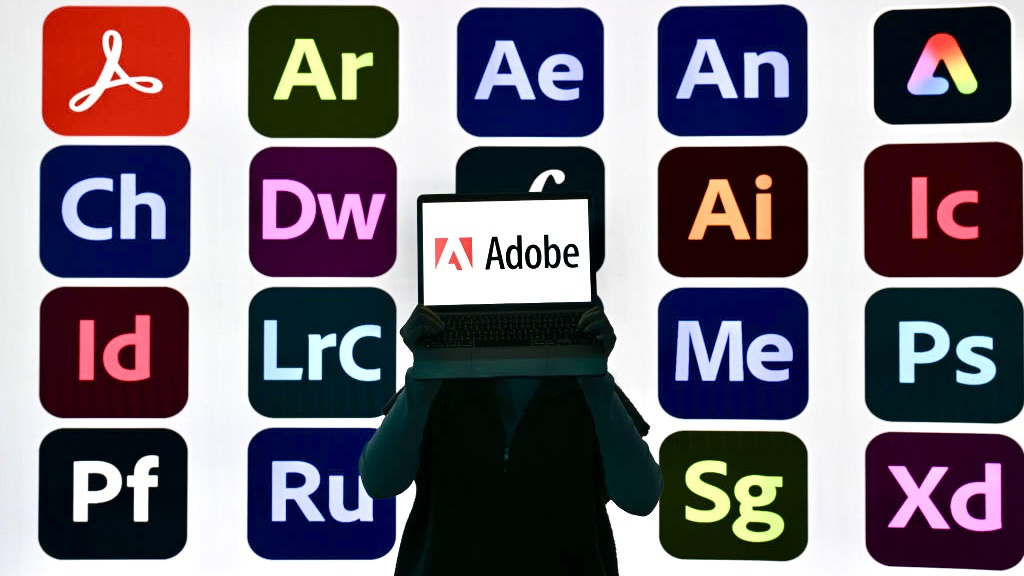30 years ago, a merger marked the beginning of the end for Aldus and the birth of the Adobe we know today
While Adobe was prospering, Aldus was struggling, but the two companies came together to change the foundations of the desktop publishing industry

The 1990s was a period of fast-paced change and disruption for the desktop publishing industry.
A swathe of different companies were bought, sold and merged together to reshape the foundations for what we see today – an industry dominated by Adobe.
One of the most significant deals of this era was Adobe's merger with Aldus in 1994, which pioneered a number of key applications and developed others that were derived from pervious industry deals. It's difficult to see how we've gotten to a point at which Adobe is releasing products like the artificial intelligence (AI) powered imagine generator Firefly in Photoshop if such a deal hadn't happened three decades ago.
Creating a dynasty
Aldus, founded in 1984, released its game-changer of a product the following year with PageMaker, which relied on Adobe's PostScript page description language. It was perhaps the first spark of a relationship that culminated in the $500 million merger just ten years later.
The PostSCript language had become the de facto standard for exchanging documents on printing and display devices, according to a New York Times report from the time. Its inclusion on the Apple Compuer laser printer, alongside the use of Aldus' Pagemaker for the Macintosh, allowed individual consumers to produce professional-grade documents at a fraction of the cost of typesetting services.
Analysts, at the time, said the merger would create a comprehensive product line for document creation, desktop publishing, prepress production and electronic document delivery. So, too, did Adobe go on to create a myriad of products spanning different formats and media from images to video, with tools and services handling different aspects of the production process.
After all, these two companies were "on a collision course for several years," according to Inside the Publishing Revolution: The Adobe Story by Pamela Pfiffner. But while Adobe was relatively prospering, Aldus was struggling, and its flagship products weren't the market leaders in their respective categories.
Are you a pro? Subscribe to our newsletter
Sign up to the TechRadar Pro newsletter to get all the top news, opinion, features and guidance your business needs to succeed!
When Aldus eventually found a partner with which to merge, Adobe, the two entities combined into Adobe Systems. Not all of Aldus' products, however, continued under the joint label, although there was an exception for the likes of PageMaker and After Effects. The last major release of PageMaker came in 2001, after which point InDesign became the chief product moving forwards.
As Linda Clarke, one of the original members of Adobe's graphics applications division, put it: "The Aldus acquisition was a huge turning point for the company. It changed the nature of Adobe."
More from TechRadar Pro

Keumars Afifi-Sabet is the Technology Editor for Live Science. He has written for a variety of publications including ITPro, The Week Digital and ComputerActive. He has worked as a technology journalist for more than five years, having previously held the role of features editor with ITPro. In his previous role, he oversaw the commissioning and publishing of long form in areas including AI, cyber security, cloud computing and digital transformation.